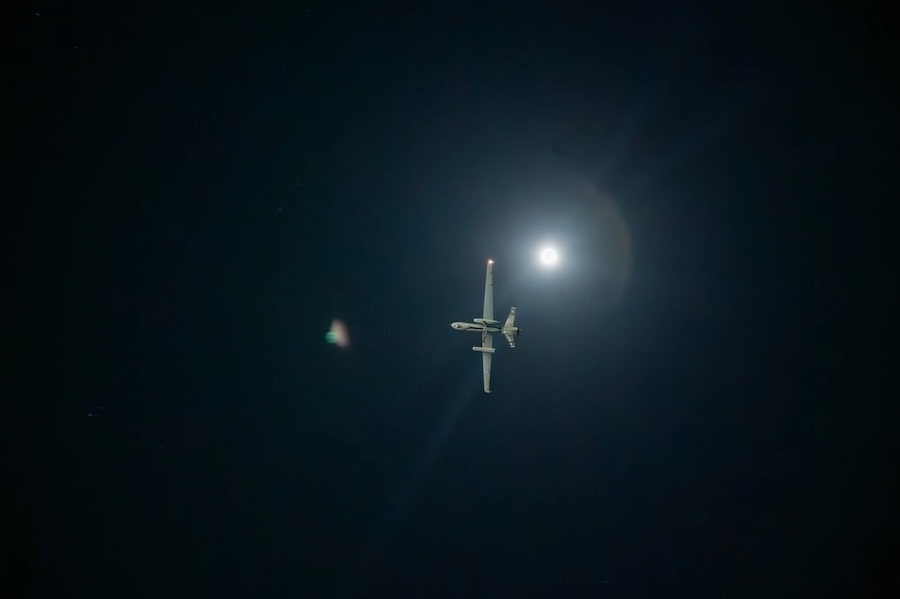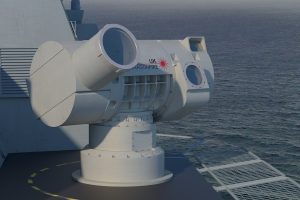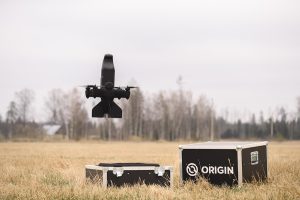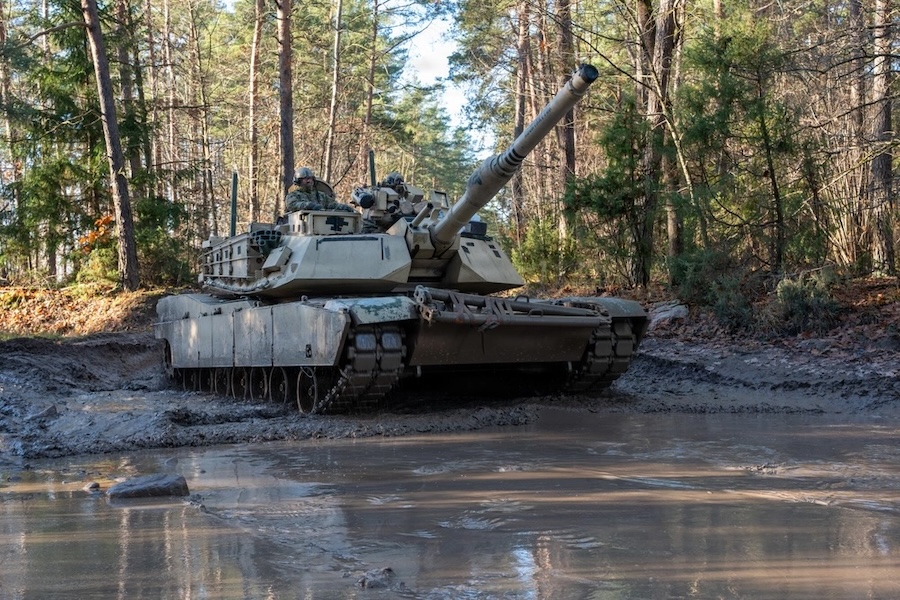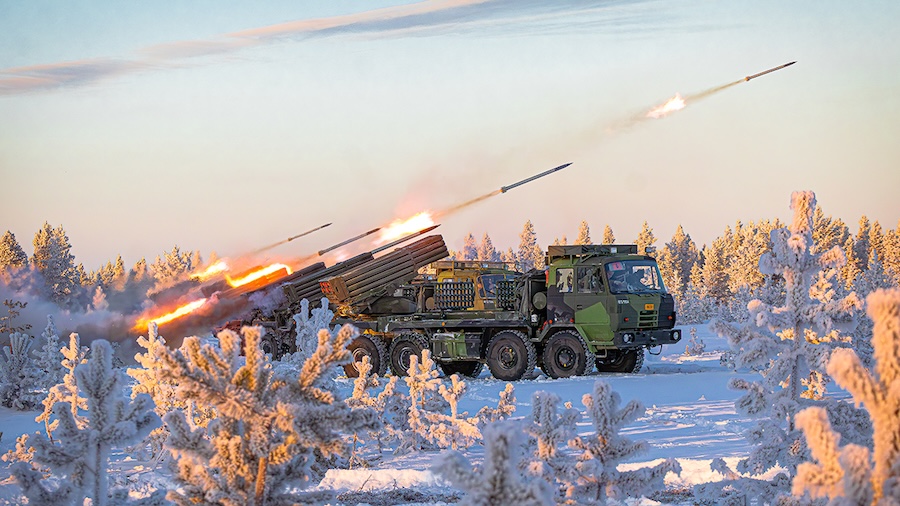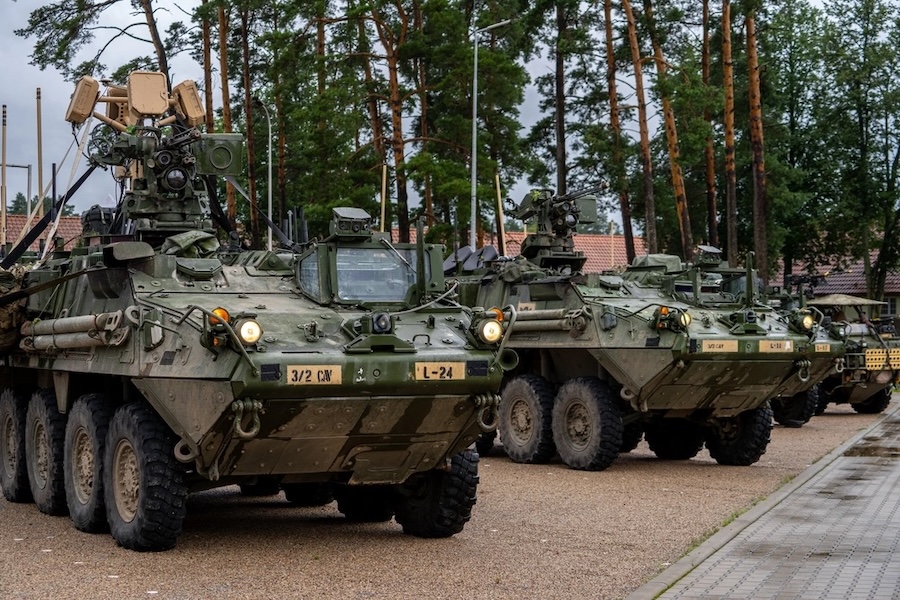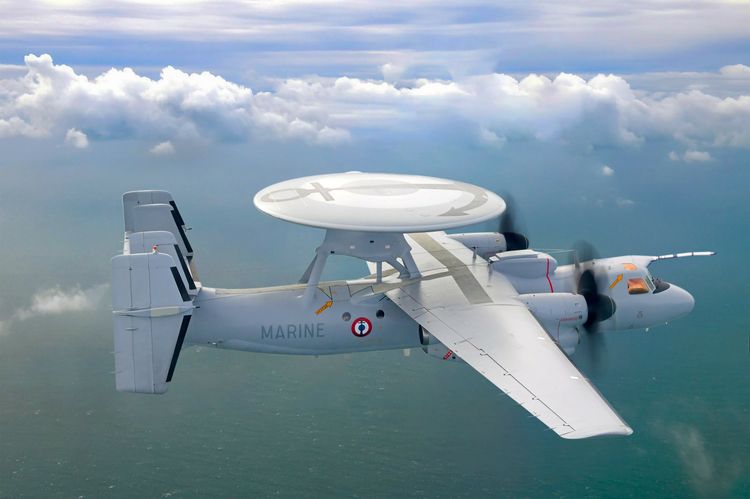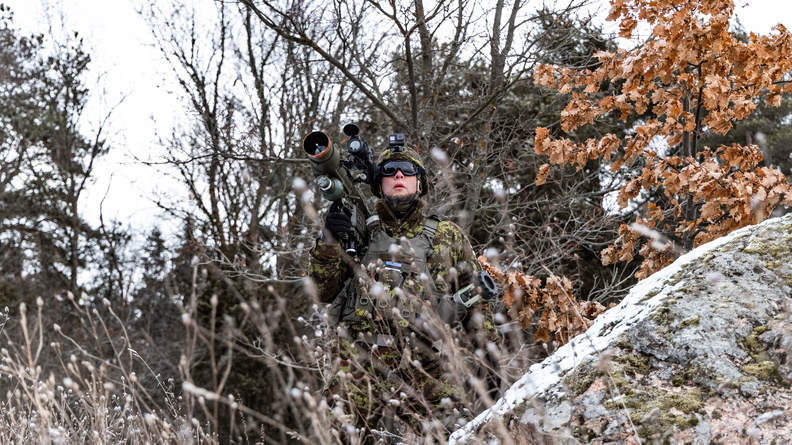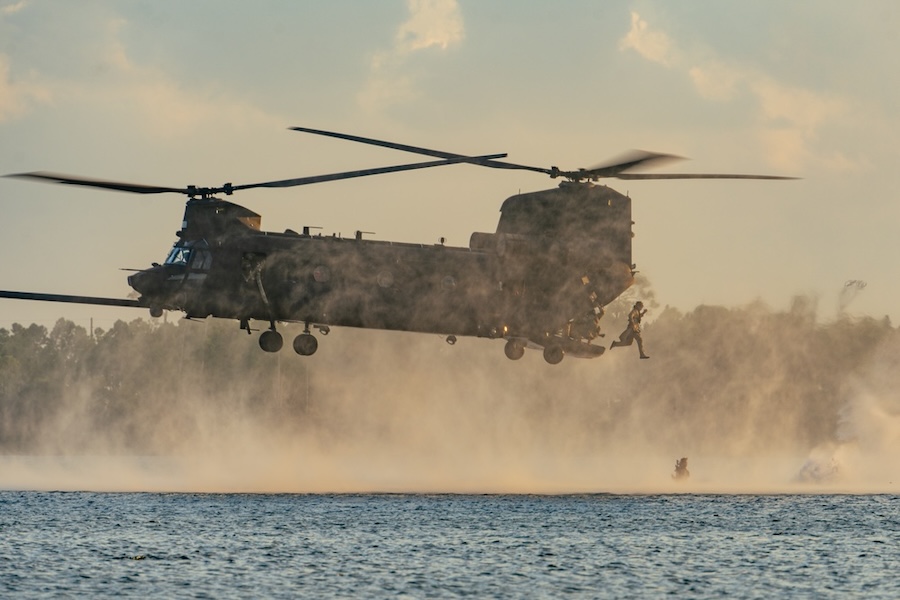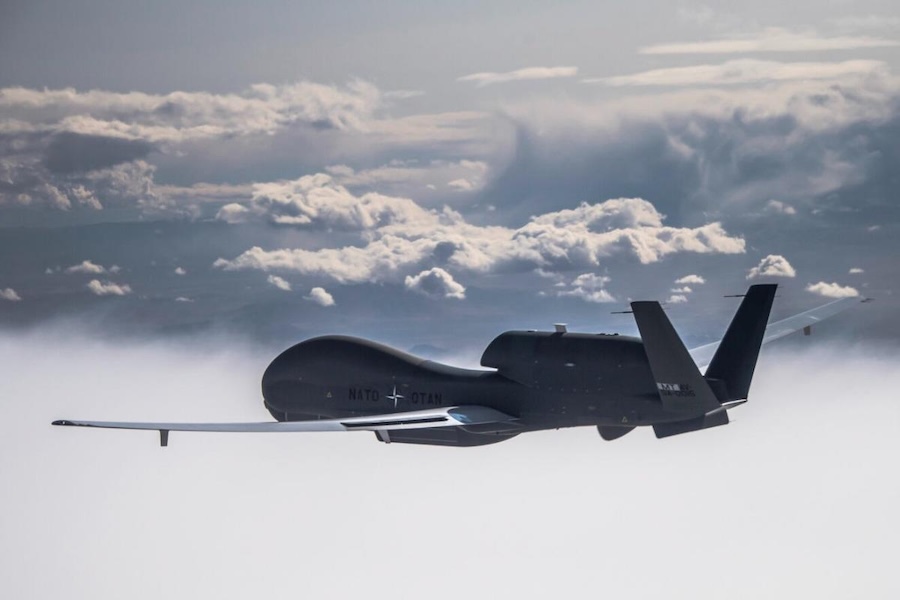The aircraft used a shortened taxiway for both launch and recovery, which demonstrated its agility and the squadron’s ability to adapt to challenging conditions. “We are utilising somewhat nonstandard procedures in the effort of building standard procedures,” said 1st Lt. Wesley Fulford, 319th ERS MQ 9 pilot. “So, this is all new.”
The trial supported the Air Force’s wider move toward Agile Combat Employment, a strategy that aims to keep air operations flexible and effective in any location. It confirmed that the MQ 9 can perform reliably under unconventional conditions and provided data that will shape future contingency procedures.
“Today’s success opens up new options for us,” Fulford added. “It increases our rapid global mobility by expanding where and how we can operate, giving commanders greater flexibility and manoeuvrability in the Indo Pacific.” The mission involved local pilots conducting takeoff before handing control to a crew in the United States, proving that cross continental coordination can be seamless.
This approach showed how automation can support mission efficiency and improve operational safety across long distances. Project Lima BEAN also strengthened the 18th Wing’s role in advancing unmanned flight and underlined how innovation supports readiness across Pacific Air Forces.
As the Keystone of the Pacific, the 18th Wing continues to support PACAF’s mission to remain agile in execution and resilient in capability. It aims to ensure that airpower remains ready to respond at any time and in any location.




